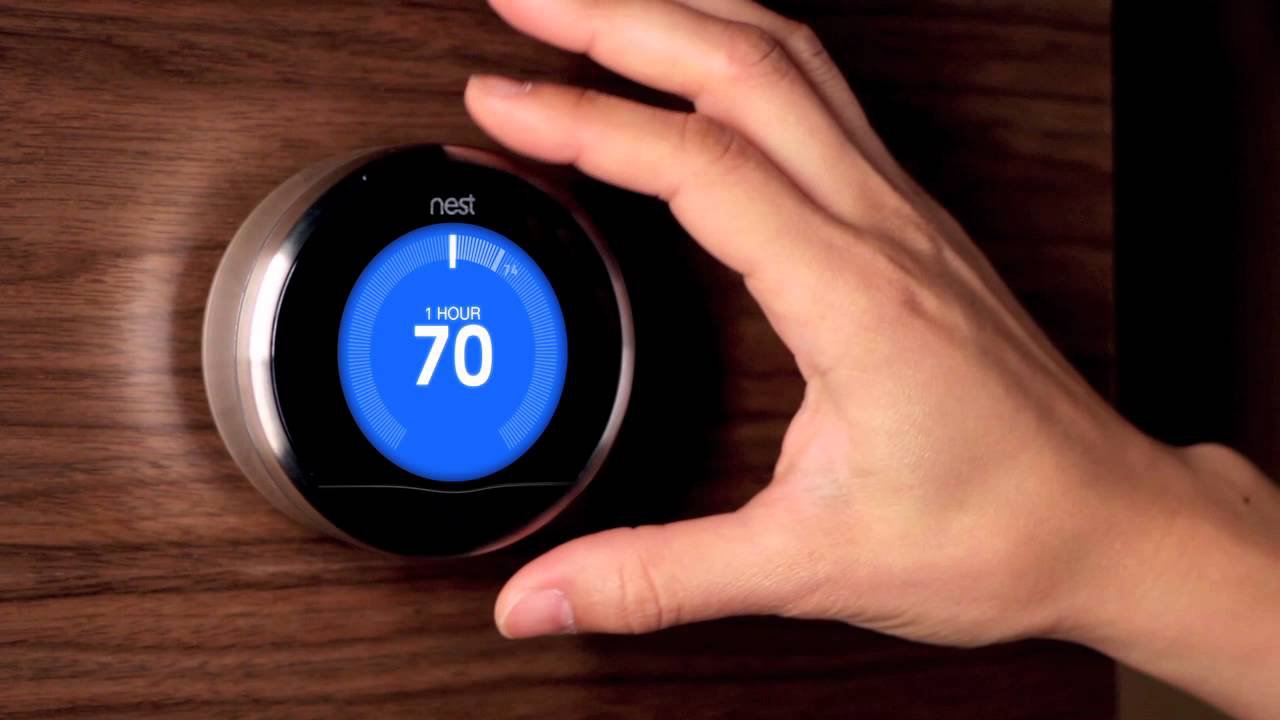Not Your Grandmother’s Thermostat
Internet-connected devices could be the next wave of energy efficiency savings
- February 16, 2018
- Garrett Herndon

Since the invention of the thermostat over a century ago, temperature settings have been a point of contention in many homes and offices. That has changed. Smart or connected thermostats are now available at your local home improvement store, and with each new iteration, they offer an ever-expanding set of features: connecting with more devices, becoming more intuitive, and anticipating your temperature preferences. The new and improved thermostats also offer consumers ways to save electricity.
At a recent workshop organized by the Northwest Energy Efficiency Alliance and held at the Council’s office, a wide range of energy efficiency professionals from utilities, energy organizations, and the private sector gathered to address the opportunities of, and barriers to, smart thermostat adoption.
Emily Kemper of CLEAResult explained the difference between smart and connected thermostats. Connected thermostats are Wi-Fi-enabled; offer an online dashboard and/or mobile app connected to a user account; and have an intuitive user interface that may include a touchscreen or buttons.
Smart thermostats possess all of these features, but may also have proximity sensing software (often connected to a user’s cell phone); occupancy sensing inside the thermostat; and/or adaptive control algorithms that learn user behavior or track usage to improve performance.
They may also have basic demand response capabilities, allowing remote connection with utilities that, with your permission, can alter settings during high-demand periods. Many utility programs have chosen to focus on the delivery of smart thermostats from major vendors, such as Nest, ecobee, and Honeywell.
Smart thermostats are just one product using connectivity and inter-product communication to offer customers a seamless experience. Some newer smart thermostat models are building connectivity to Amazon’s Alexa and Google Home devices that use voice recognition to operate home electronics. Additionally, smart lighting systems, power strips, and water heaters are increasing the likelihood of deep energy savings in the homes of tomorrow, as well as better monitored data and understanding of home energy use.
At present, many utilities are using pilot studies to confirm the energy savings from these devices, along with rebate programs to incentivize product installation. These programs give customers a product they want-- with a sleek design, interactive applications, customizability, and the ability to visualize data in real-time.
However, from an energy efficiency point of view, quantifying energy savings is problematic. Many devices are able to optimize a variety of functions; only one of which is to lower heating and cooling energy use.
Because consumers and proprietary software can change system preferences drastically, at a moment’s notice, it’s difficult to consistently claim energy savings. Moreover, the proprietary software that drives most smart thermostats, as well as the technology options they employ (occupancy sensors versus geofencing), could yield different levels of energy use.
The Council will be monitoring the energy savings potential of this new and growing market and will include it in its power planning activities—stay tuned.


